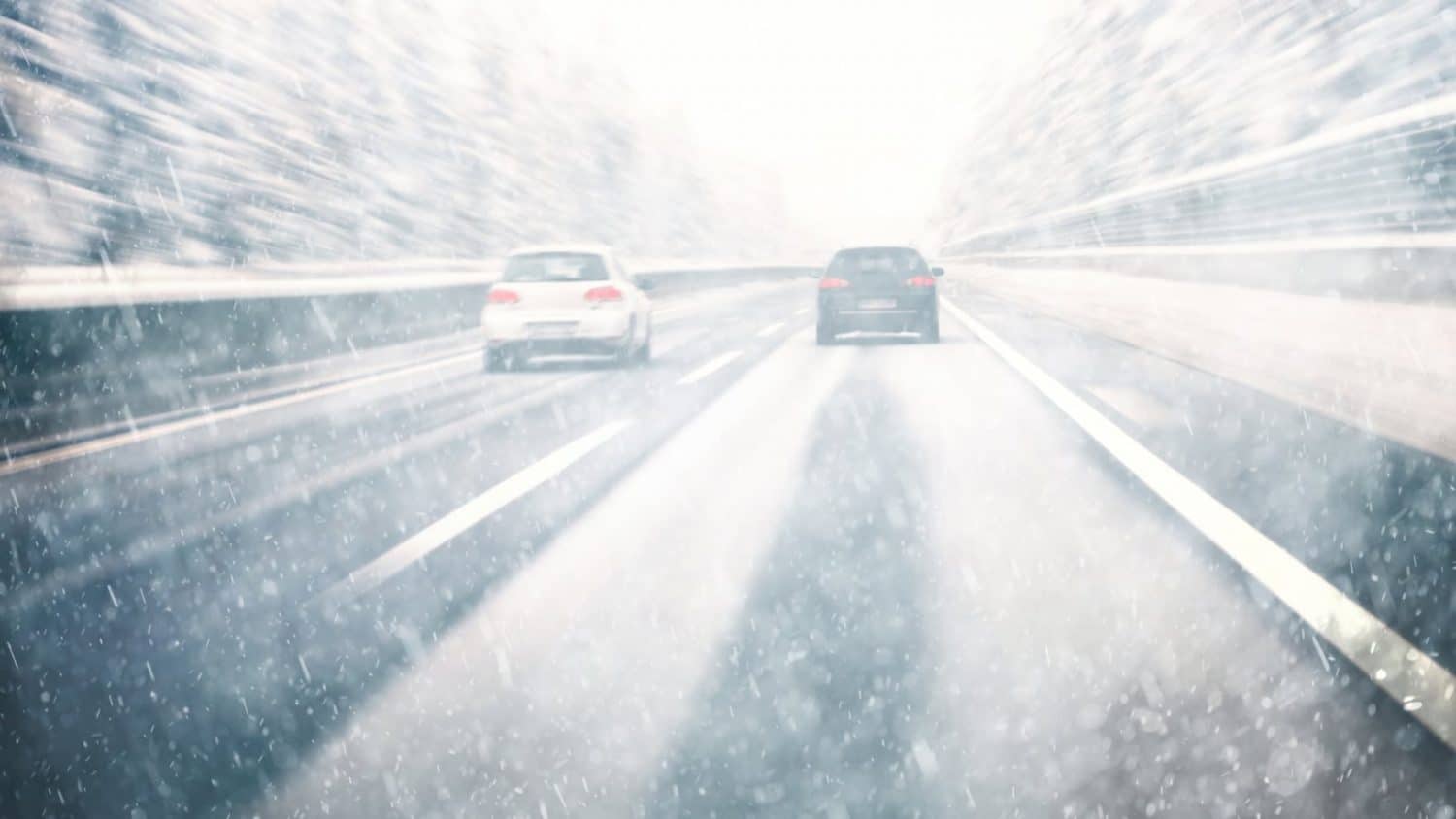
When you hit the road, whether you’re going for a short drive or a long road trip, you want to be sure that you’re as safe as possible. However, contrary to what many people believe, winter isn’t the only time where driving can be dangerous. In fact, adverse weather conditions can occur anytime during the year, meaning you should always be prepared to encounter stressful situations when you’re behind the wheel.
Here are a few tips to help you drive in adverse weather conditions and advice for hiring a personal injury attorney after a major accident.
Basic Tips for Bad Weather and Low Visibility
The key to staying safe on the road is being able to see the cars around you and the road in front of you. Unfortunately, in bad weather situations, it’s common for visibility to drop considerably, making it difficult to see where you’re going and increasing your chances of a car wreck.
To make sure that you can see in extremely bright sunlight, your windshield should be free from dirt and smudges. Cleaning your windshield regularly can help you maintain your visibility so that you have a total view of the road. In situations like rain and snow, you need to reduce your speed so that you can better control your vehicle and make yourself visible by ensuring your headlights and taillights are working correctly.
What to Do in Low Traction Scenarios
One of the most common causes of serious accidents is a sudden loss of traction. When driving conditions are slippery, such as after a rainstorm or when there is ice on the road, your vehicle may lose traction and start sliding all over the road.
If your vehicle starts to slip, there are a few things you can do to stay safe. First, never jam your brakes, which can make the situation much worse. Instead, remove your foot from the accelerator and allow the vehicle to slow on its own. Only stop your vehicle when traction is restored. To avoid loss of traction, such as when hydroplaning, you should add water-channeling tires to your vehicle.
Snow, Ice, and Wind
Many drivers aren’t prepared to drive in extreme weather conditions, particularly when there is snow and ice or a great deal of wind. For instance, depending on the direction of the wind, you may lose steering ability or have trouble controlling the speed of your vehicle. If it’s an especially windy day, you should moderate your speed and pay extra attention to how the wind is affecting the other vehicles on the road.
The best tip for driving in snow and ice is to stay off the road if at all possible. However, if you absolutely must drive through the winter weather, you should refrain from rapid turns and quick stops, maintain a safe distance from other vehicles, and stop whenever necessary to clear your windshield and headlights.
Hire a Personal Injury Attorney After a Bad Weather Accident
Even if you follow these tips for driving in bad weather, it’s still possible to be involved in a wreck due to the negligence of other drivers. If you’ve been hurt in a car accident through no fault of your own, you need representation from a personal injury attorney from Lowry & Associates.
We offer free consultations and you’ll never owe us anything unless we win your case. You can reach us at 207-775-3819 or fill out our free case review form.






